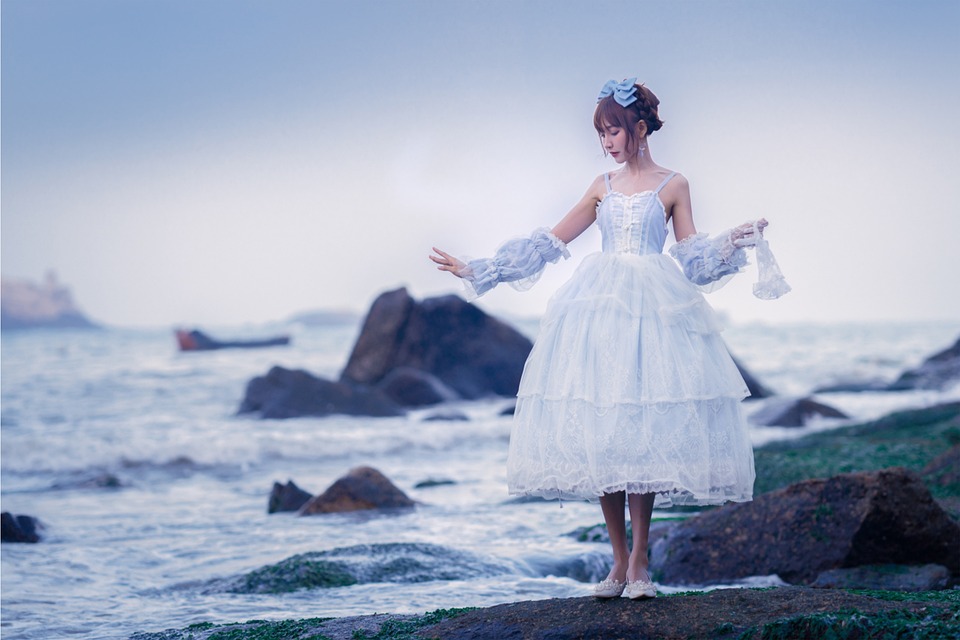Dance is a universal form of expression that has captivated audiences for centuries. From the graceful movements of ballet to the energetic rhythms of hip-hop, dance has the power to transcend language and cultural barriers. But behind the dazzling performances and intricate choreography lies a rich historical tapestry that has shaped the art form we know and love today.
The Origins of Dance
The origins of dance can be traced back to ancient civilizations, where it was used as a form of ritual, storytelling, and celebration. In ancient Egypt, for example, dance was an integral part of religious ceremonies and festivals, with dancers performing intricate movements to honor the gods. Similarly, in ancient Greece, dance was used as a form of entertainment and artistic expression, with performers showcasing their skills at festivals and competitions.
The Evolution of Dance
As civilization progressed, so too did the art of dance. In the Middle Ages, dance became a popular form of entertainment in European courts, with elaborate dances such as the minuet and the pavane being performed by nobility and commoners alike. During the Renaissance, dance underwent a major transformation, with the development of ballet as a formalized art form that combined music, movement, and storytelling.
The Rise of Modern Dance
In the 20th century, dance underwent a revolution with the emergence of modern dance pioneers such as Isadora Duncan, Martha Graham, and Merce Cunningham. These choreographers rejected the formalism of ballet in favor of a more experimental and expressive style of movement. Modern dance became a platform for social and political commentary, with dancers using their bodies to challenge conventions and provoke thought.
The Globalization of Dance
Today, dance is a truly global phenomenon, with styles and influences from around the world coming together to create a vibrant and diverse art form. From the traditional dances of India and Africa to the contemporary fusion styles of urban dance, the world of dance is constantly evolving and expanding. Dance has the power to connect people across cultures and generations, creating a sense of unity and shared humanity.
FAQs
What are the different styles of dance?
There are countless styles of dance, each with its own unique history and techniques. Some popular styles include ballet, jazz, hip-hop, tap, contemporary, and ballroom. Each style has its own set of movements, music, and costumes that make it distinct and recognizable.
How can I learn to dance?
There are many ways to learn how to dance, from taking classes at a local dance studio to watching online tutorials and practicing at home. It’s important to find a style of dance that you enjoy and feel comfortable with, as this will make the learning process more enjoyable and rewarding. Remember, dance is a form of self-expression, so don’t be afraid to let your personality shine through in your movements.
What are the benefits of dancing?
Dancing has numerous physical, mental, and emotional benefits. It can improve cardiovascular health, increase flexibility and strength, boost mood and confidence, and reduce stress and anxiety. Dancing is also a great way to socialize and meet new people, as it often involves group classes and performances.
Why is dance considered an art form?
Dance is considered an art form because it involves creativity, skill, and expression. Dancers use their bodies to communicate emotions, tell stories, and convey ideas, much like painters use brushes and colors to create a masterpiece. Dance requires discipline, dedication, and passion, making it a true art form that deserves to be celebrated and appreciated.

